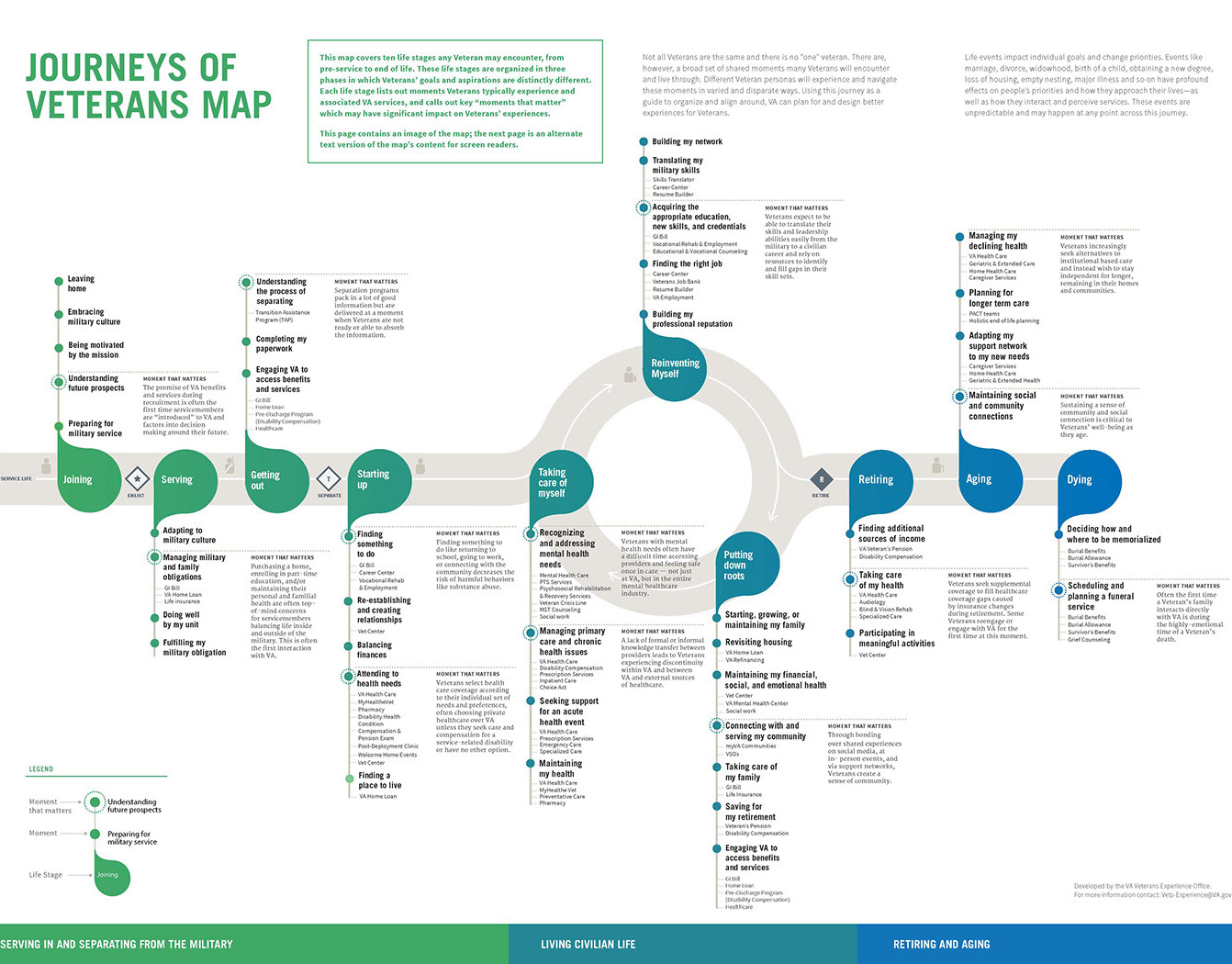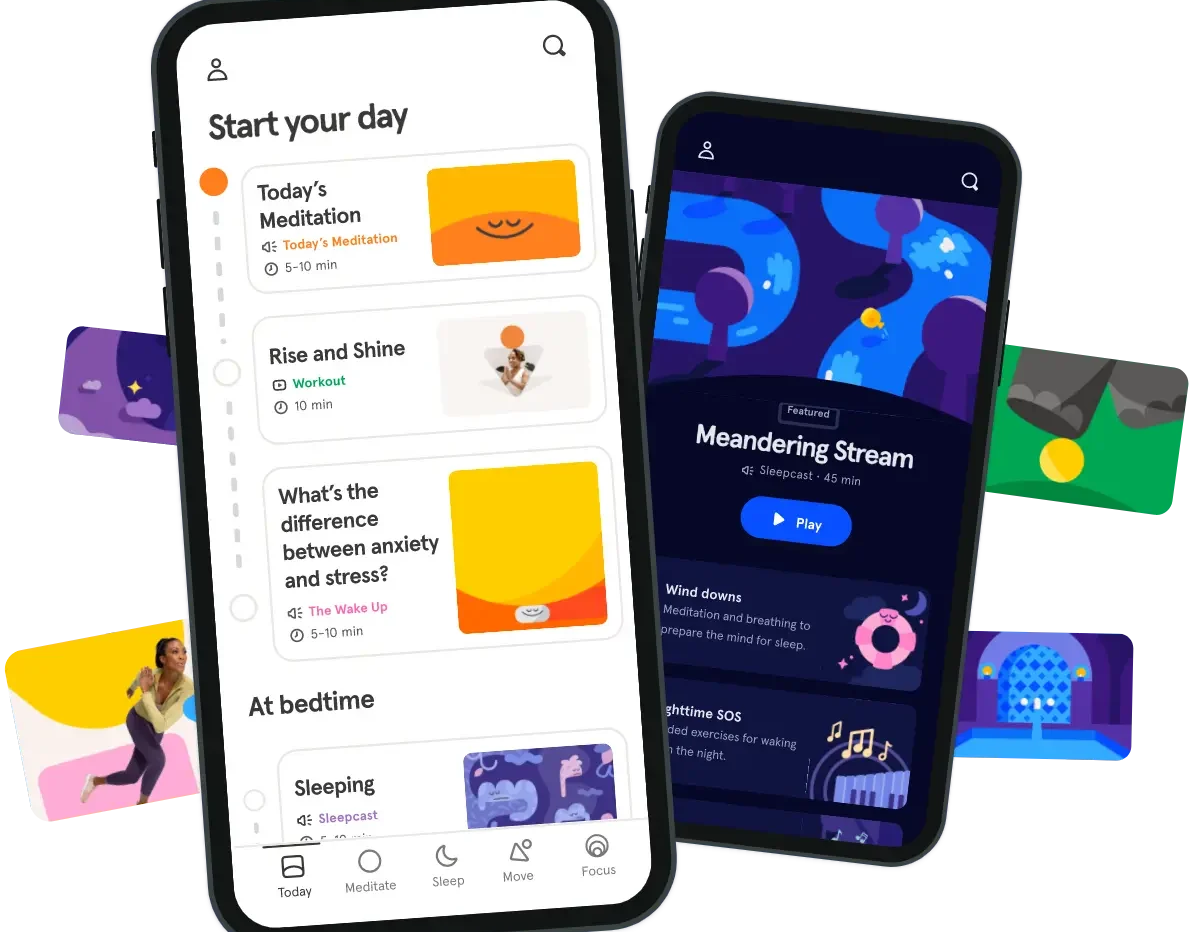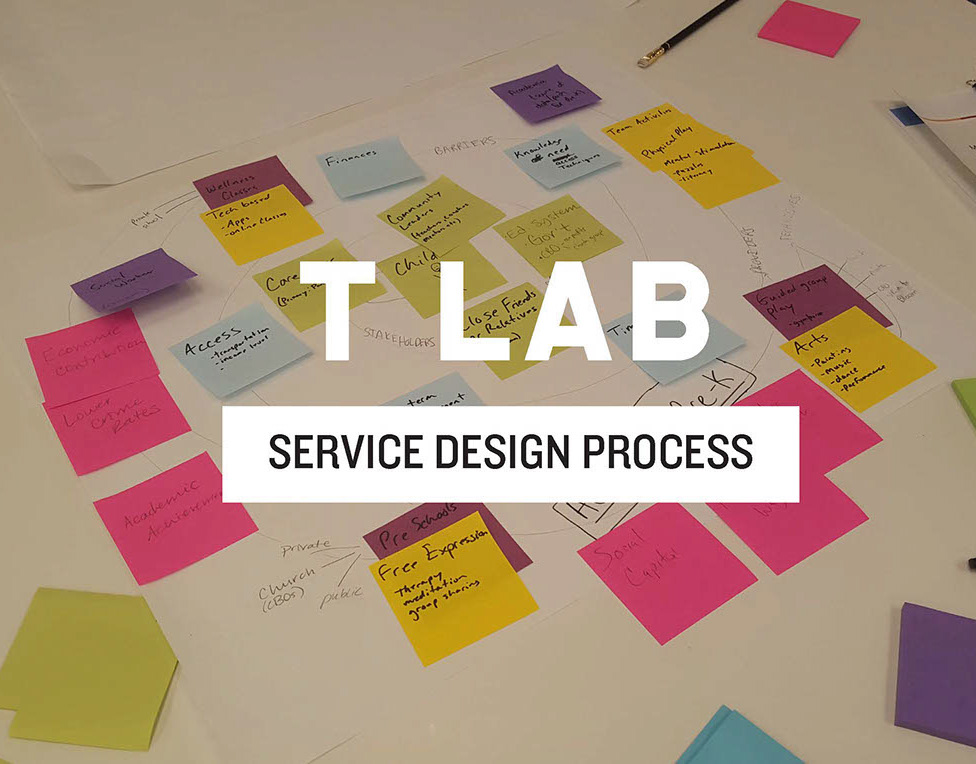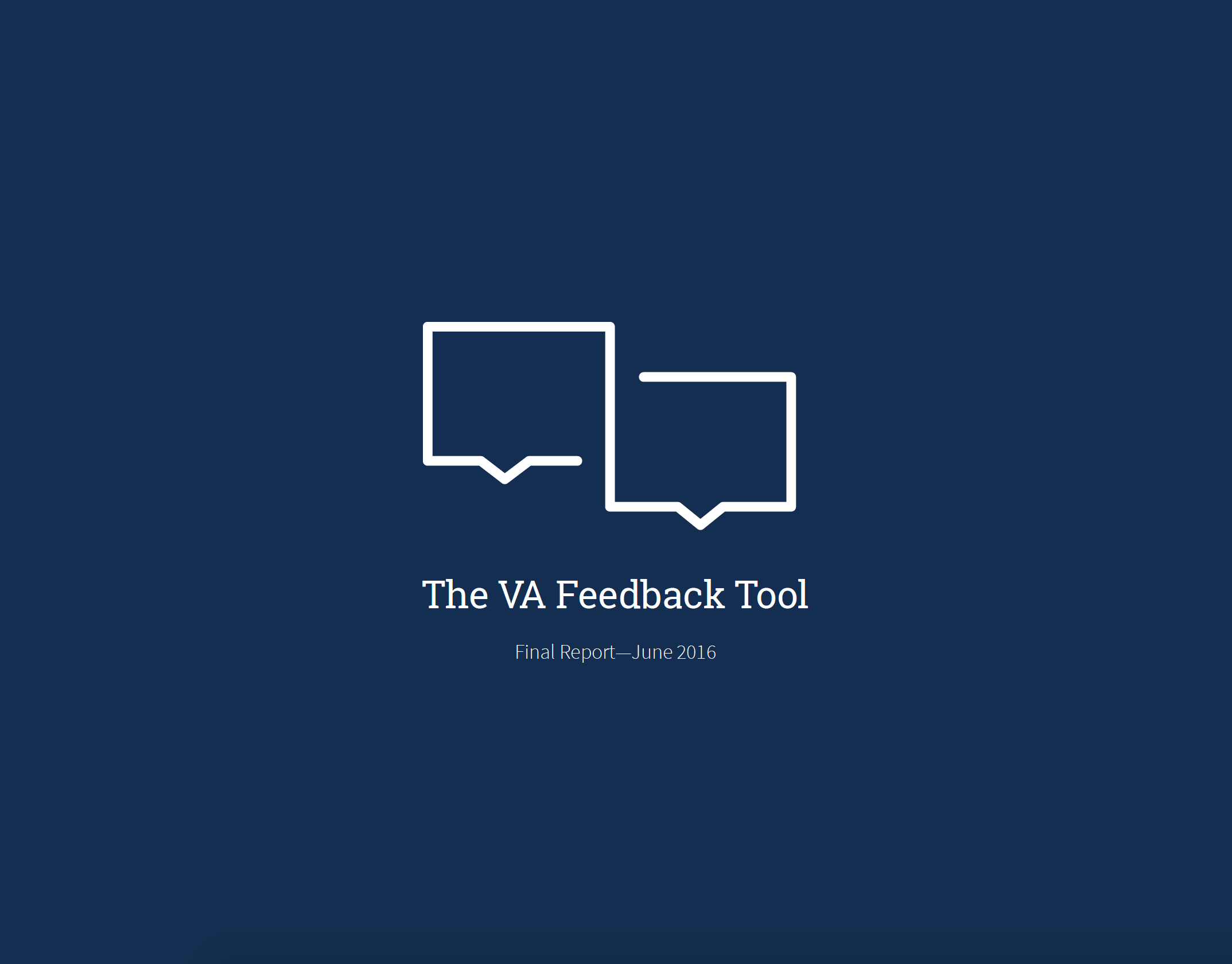Launching Headspace D2C Care
After the groundbreaking merger of Headspace and Ginger, the logical progression was to offer human-delivered care services directly to consumers. Although it was a natural next step, with a brand as well known and well recognized as Headspace there was still a lot at risk.
How might we offer 1:1 human delivered care to consumers in a way that leverages Headspace's unique advantages?
To deliver on the promise of our merger, we would need to collaborate across design, research, marketing, and operations to develop an innovative care model, develop and pilot a new service offering, and deliver the engaging world class UX and brand design Headspace is known for.
To deliver on the promise of our merger, we would need to collaborate across design, research, marketing, and operations to develop an innovative care model, develop and pilot a new service offering, and deliver the engaging world class UX and brand design Headspace is known for.
A look at the current service offering on the Headspace website.
What's in it for me?
Developing the value proposition that resonates with consumers.
Through a series of interviews, A/B tests, and surveys, we were able to better understand what matters to people seeking care, and how we could let them know what Headspace could offer to help. Healthcare often has to connect with people in their most difficult moments. We wanted our messaging to let people know that their coach, and Headspace, would be there for them.
Although the Headspace audience is very familiar with therapy, many of them haven't engaged with mental health coaching before. We developed short messaging to help clear things up and instill confidence in the profession.
The ability to easily schedule with a coach and receive a personalized plan based on specific areas of concerns were key offerings for members

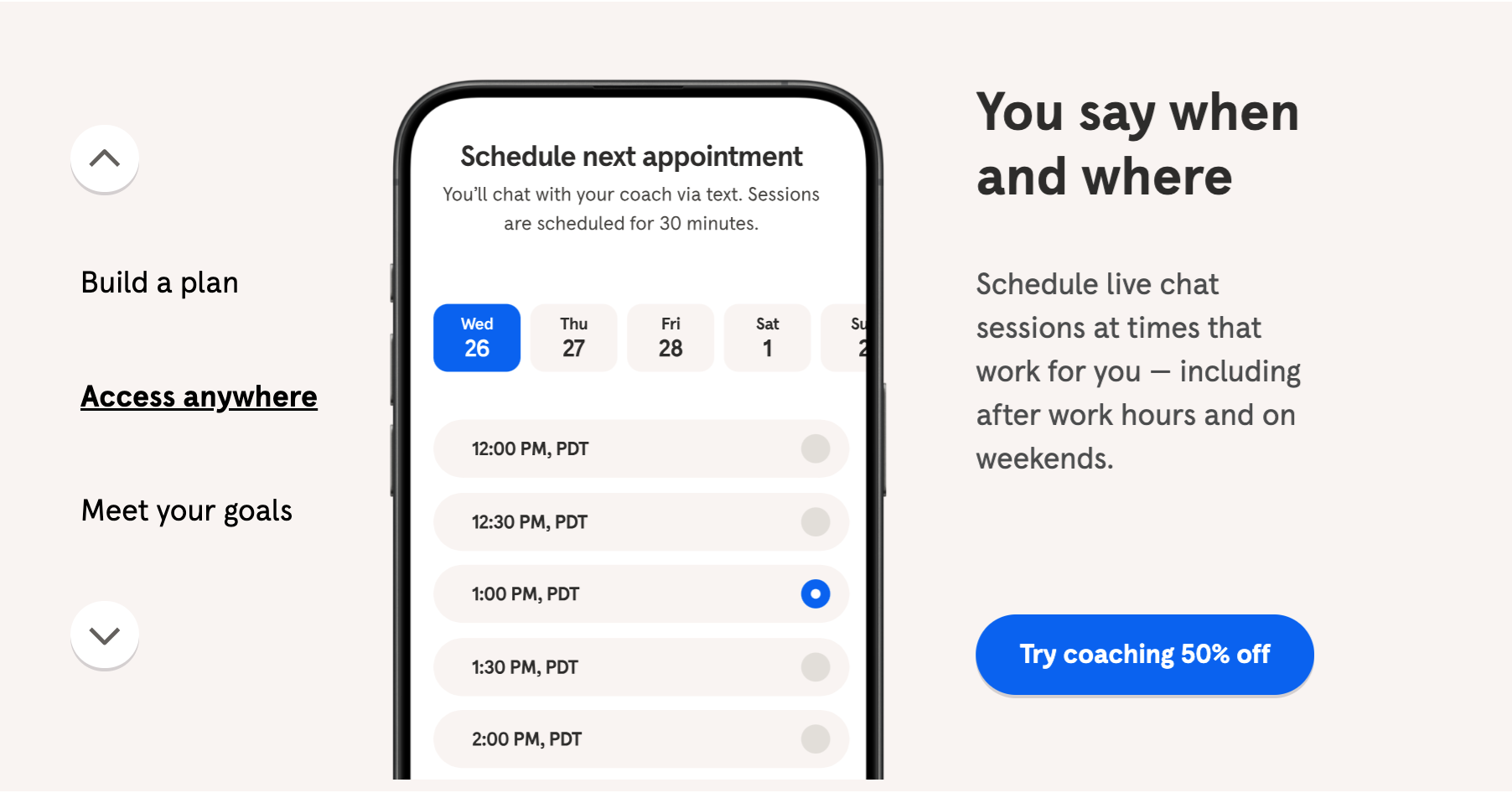
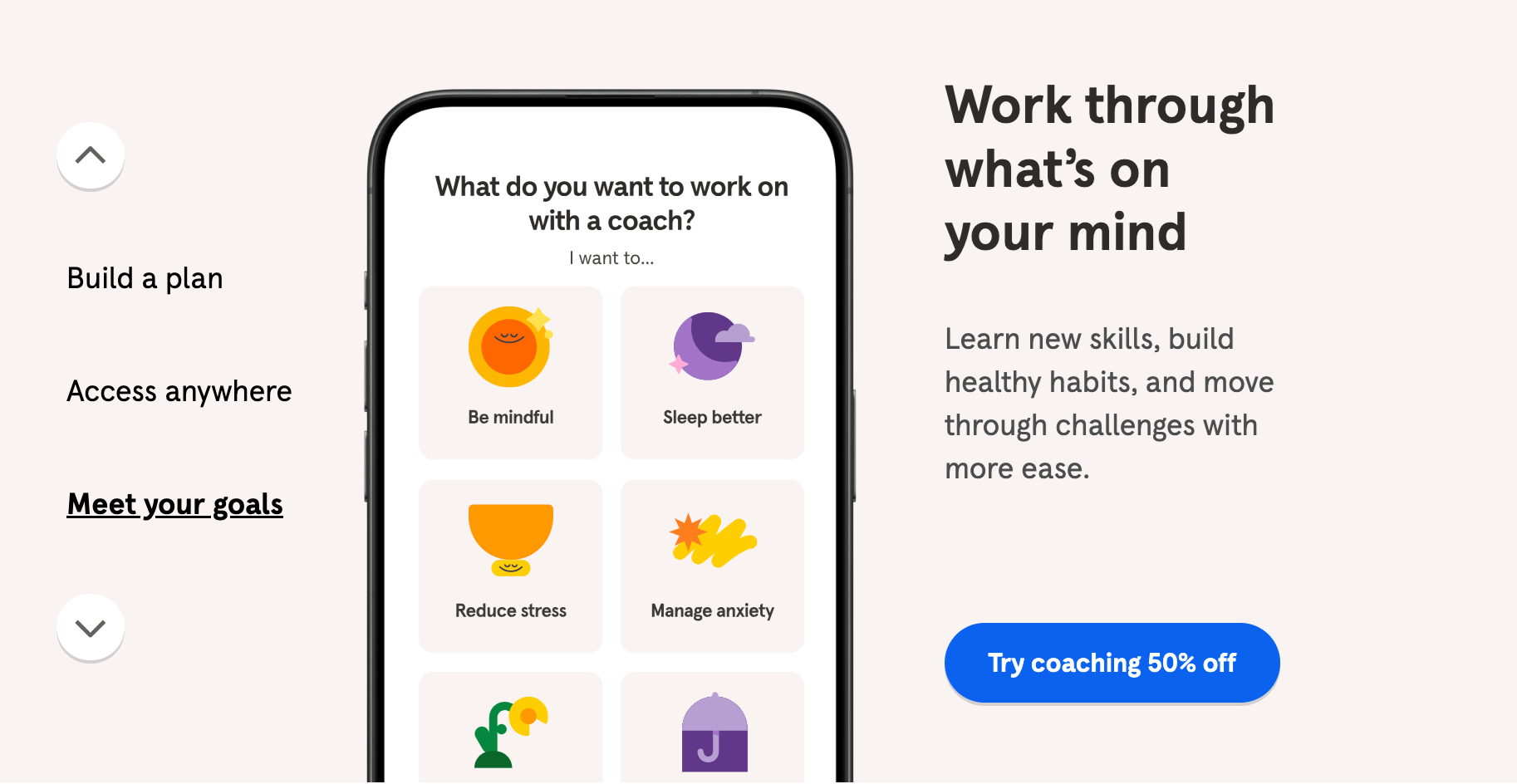

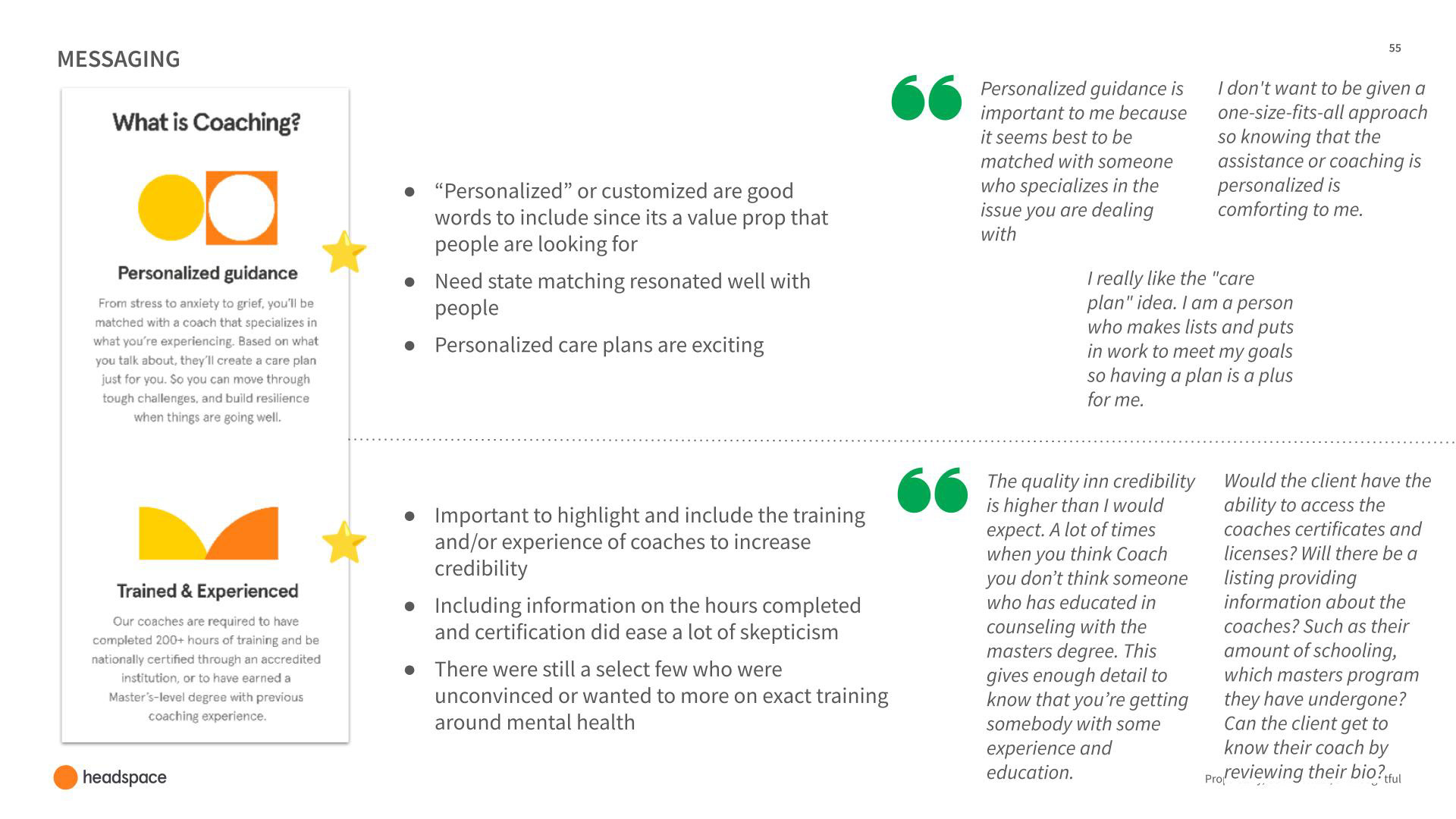

Coach Matching
Creating a connection between Coach and Client is key to driving health outcomes.
One of the most important parts of delivering great Care, is delivering a great match. As anyone who's ever gone to therapy or coaching can attest, connecting with your care provider can make or break the experience.
Better Outcomes – A strong therapeutic alliance accounts for up to 30% of treatment success, regardless of the type of therapy used. (Horvath & Symonds, 1991)
Lower Dropout Rates – Clients who feel a strong connection with their therapist are less likely to drop out of therapy. One study found that therapeutic alliance was the strongest predictor of client retention. (Sharf, Primavera, & Diener, 2010)
Higher Satisfaction – A 2021 survey by the American Psychological Association (APA) reported that 88% of therapy clients who felt well-matched with their provider were satisfied with their treatment and progress.
-----
These outcomes are even more pronounced for Black, Brown, Queer, and other communities that don't often see their culture and experiences reflected in their care providers. We knew that in order to serve a diverse audience, Headspace needed to have a diverse provider network.
Cultural Matching Matters – A study in The Journal of Counseling Psychology found that clients of color were 50% less likely to drop out of therapy when paired with a provider who shared their racial or ethnic background. (Cabral & Smith, 2011)
Better Engagement – When clients perceive their therapist as culturally competent and aligned with their values, they are more engaged and more likely to follow treatment recommendations.(The Journal of Consulting and Clinical Psychology)
Affirming Care Leads to Better Mental Health – A study in LGBT Health (2020) found that LGBTQ+ clients who had an affirming therapist were 2.5 times more likely to report improved mental health outcomes compared to those with a non-affirming provider.
Mistrust Can Lead to Avoidance – A report from The Trevor Project (2021) found that 60% of LGBTQ+ youth who wanted therapy did not seek it due to fears of being misunderstood or judged by providers.
Trans and Nonbinary Clients Face Extra Barriers – A 2019 study in Transgender Health found that nearly 1 in 3 trans clients had to educate their therapist about transgender issues, negatively impacting trust and treatment effectiveness.
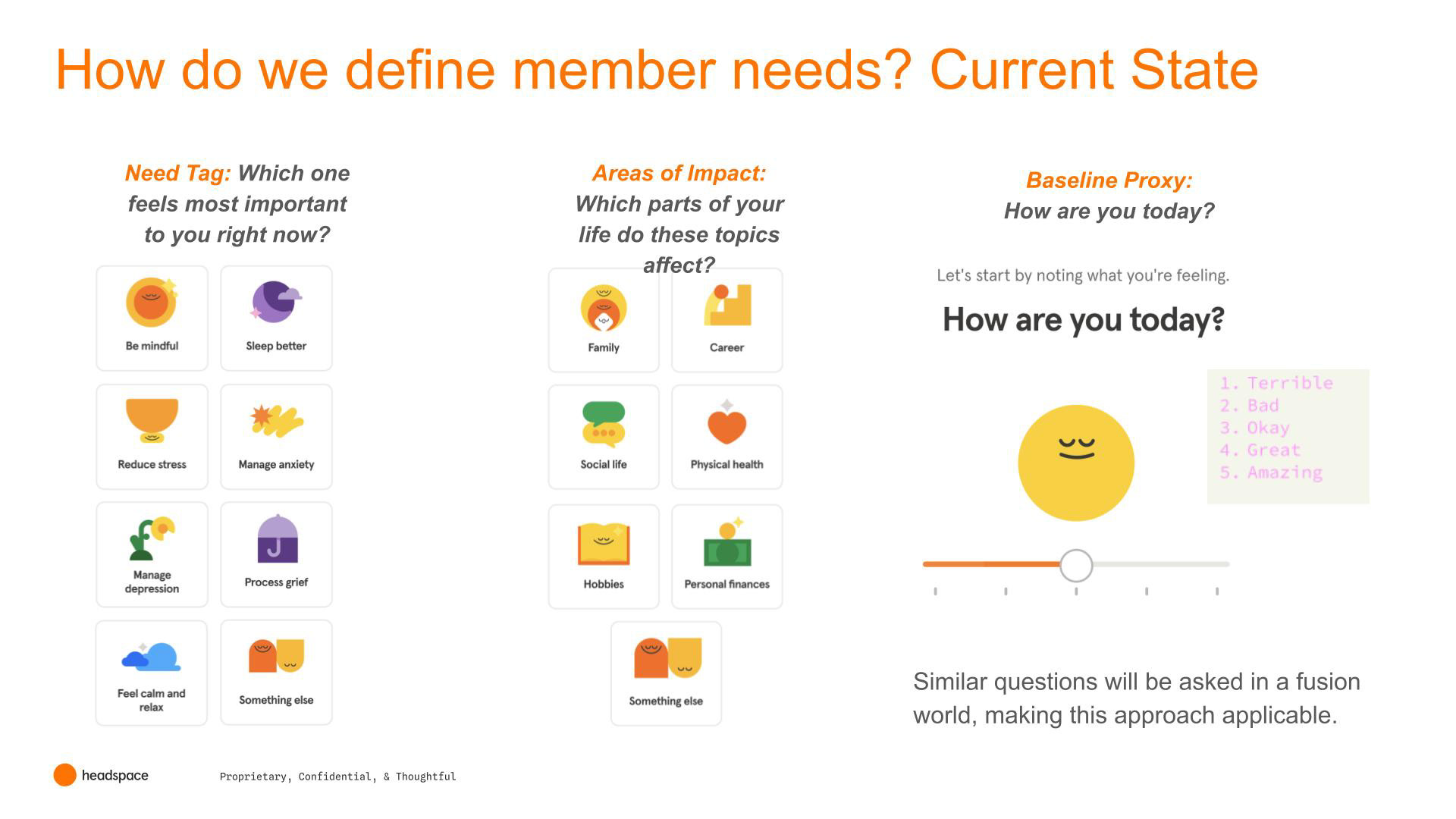

To set the stage for a good connection, we developed an onboarding flow that built confidence that their care provider:
- Is highly trained and experienced supporting others with similar needs.
- Is available at times that that work for the member; and
- Could deliver culturally competent care
After that, we presented a care provider's picture and biography. We also ensured care providers reached out to the new client with a warm welcome message soon after onboarding. This onboarding flow helped lead to high engagement with content and services, high satisfaction with providers, and low drop off rates.
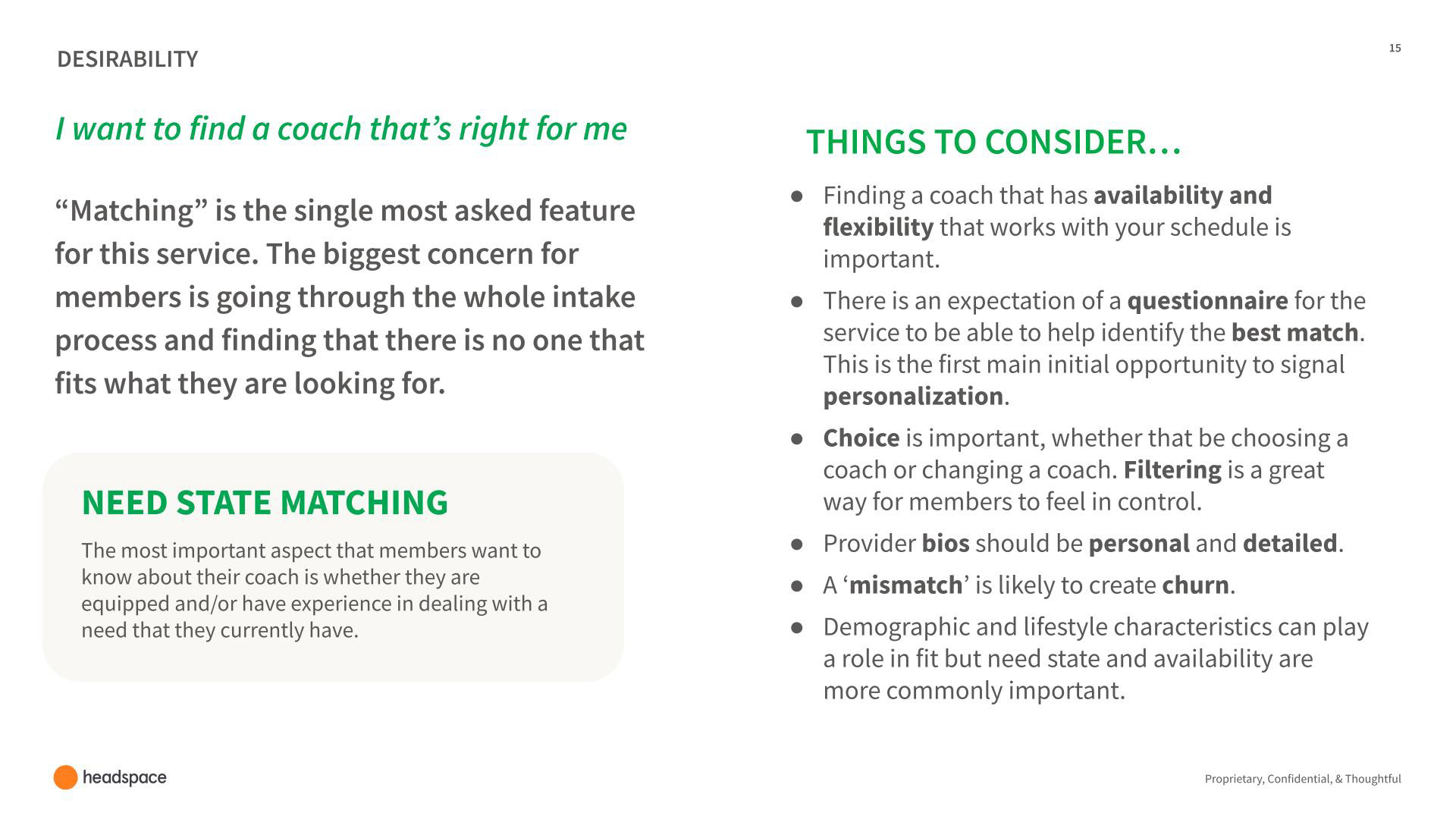
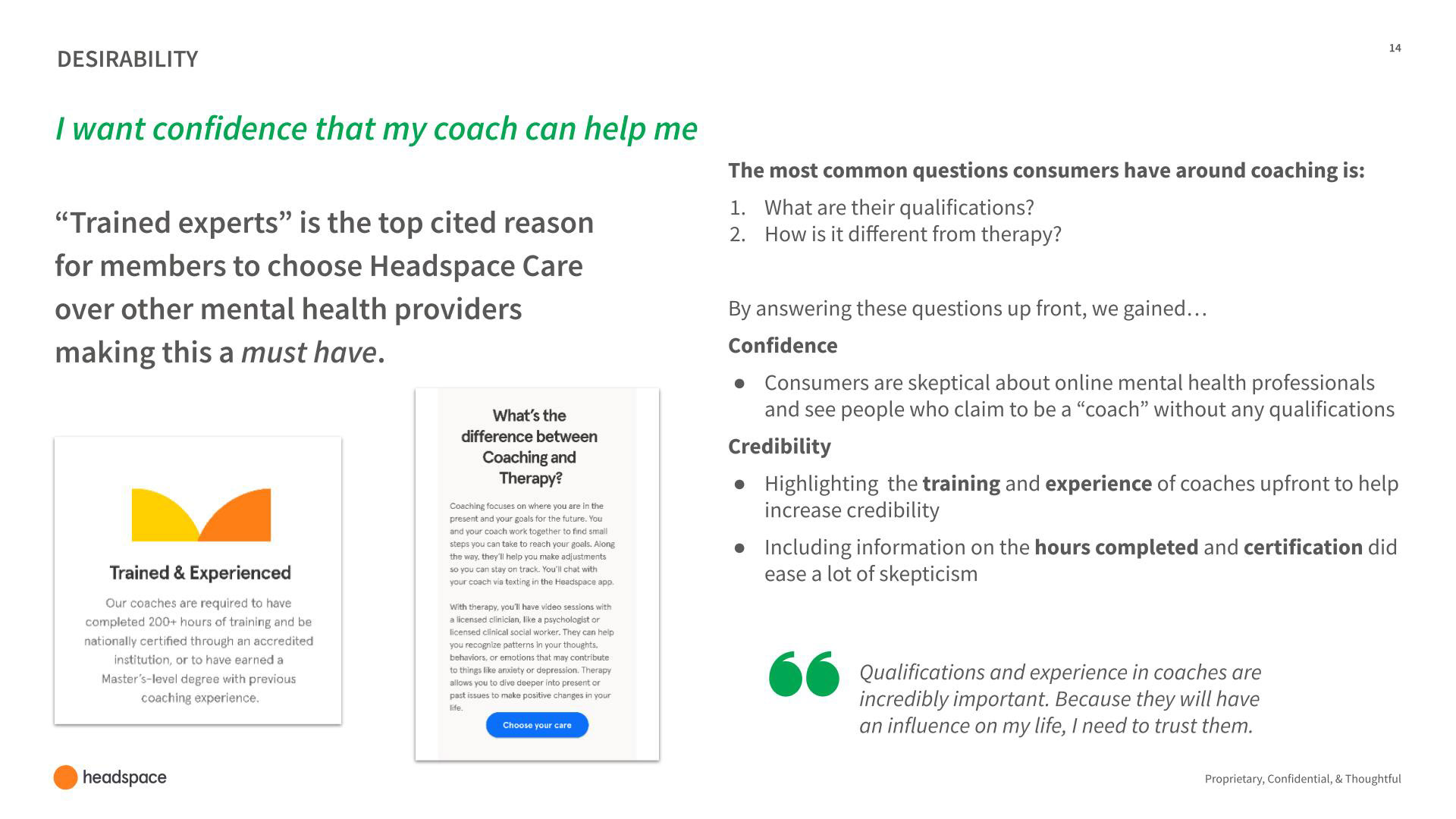

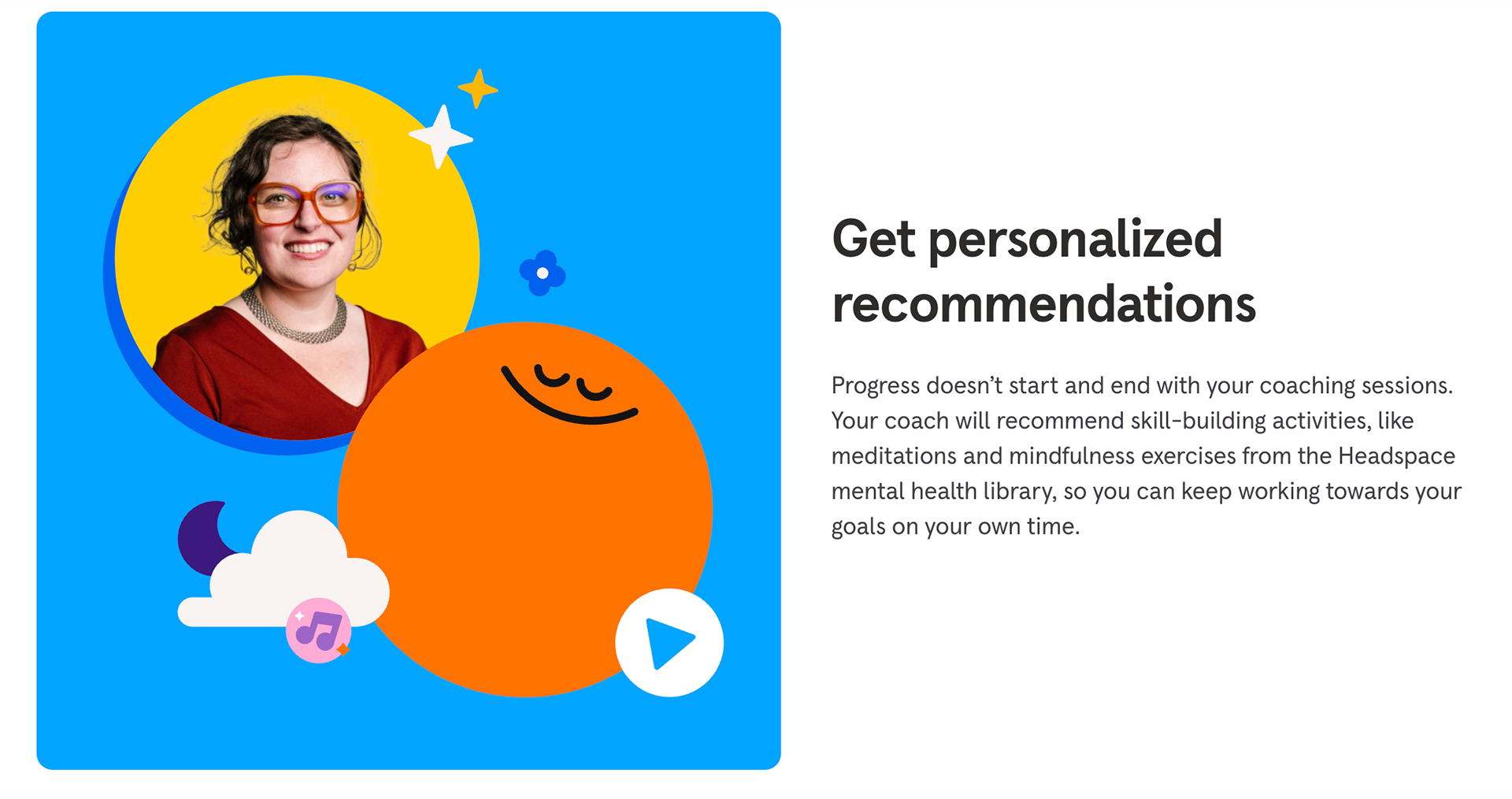

The whole package
Creating a hybrid care model that fit's people's unique needs.
Through close partnership with our marketing and communications team members, we developed a pricing strategy that worked for consumers, and our business needs.

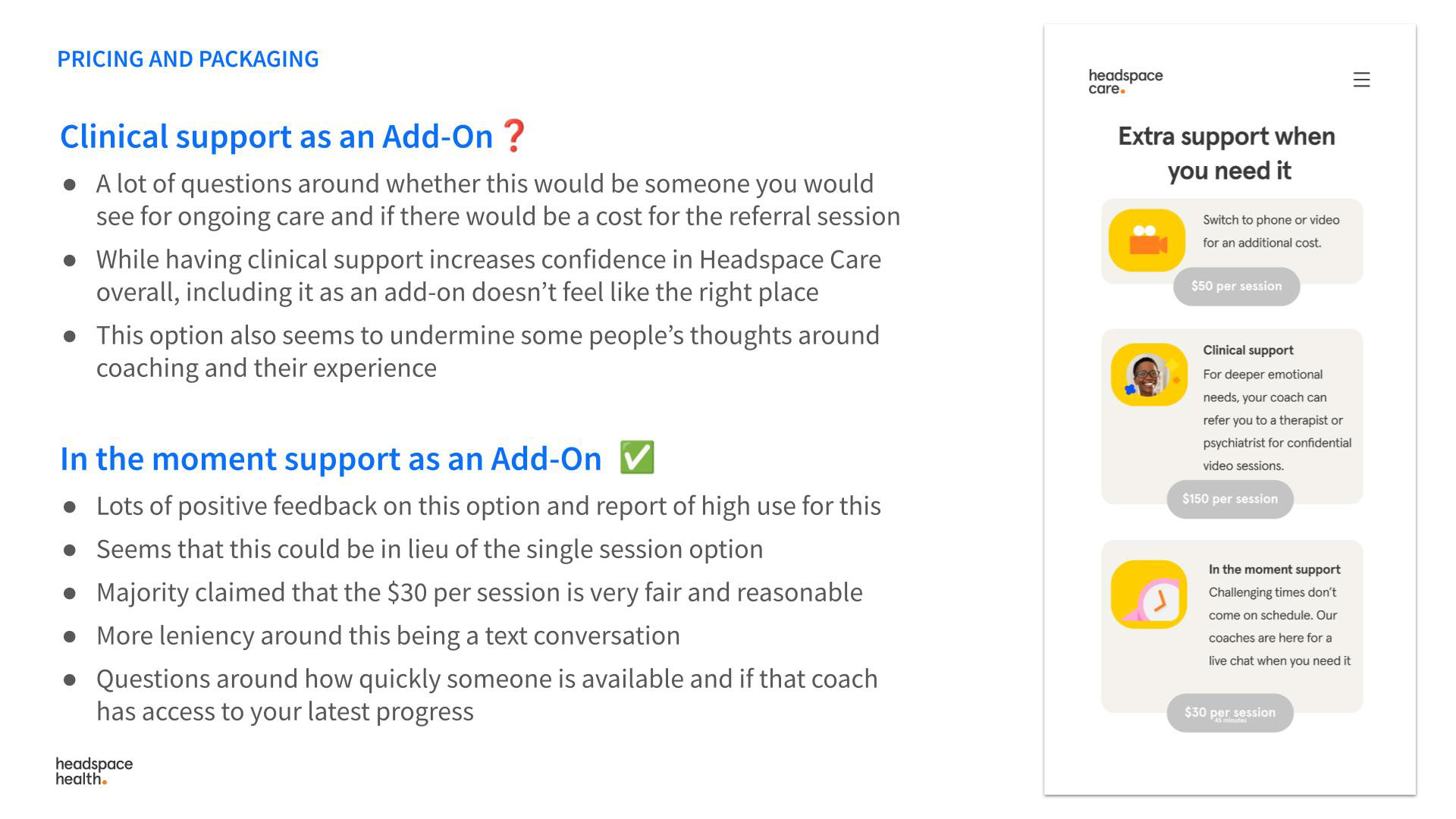
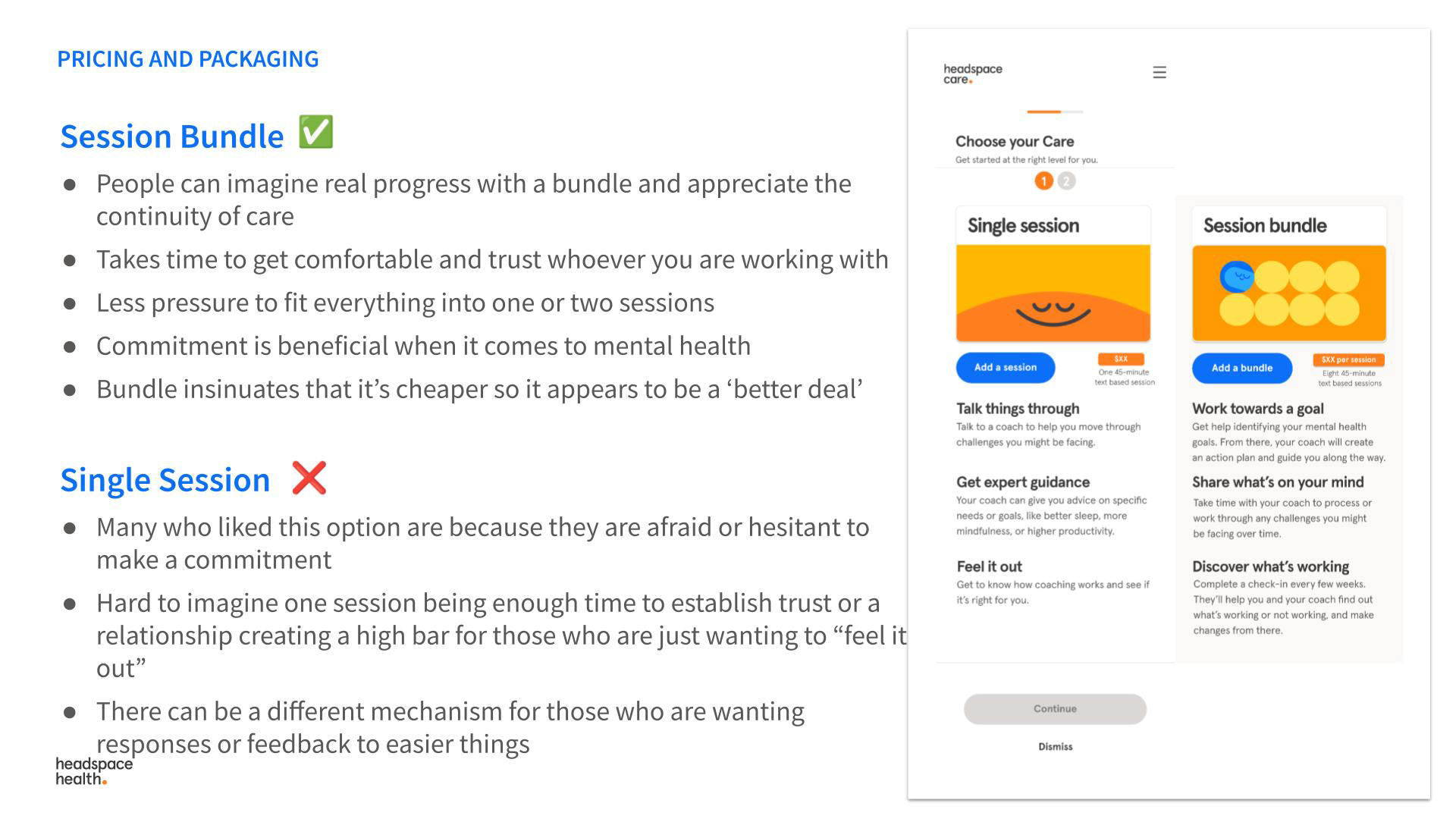
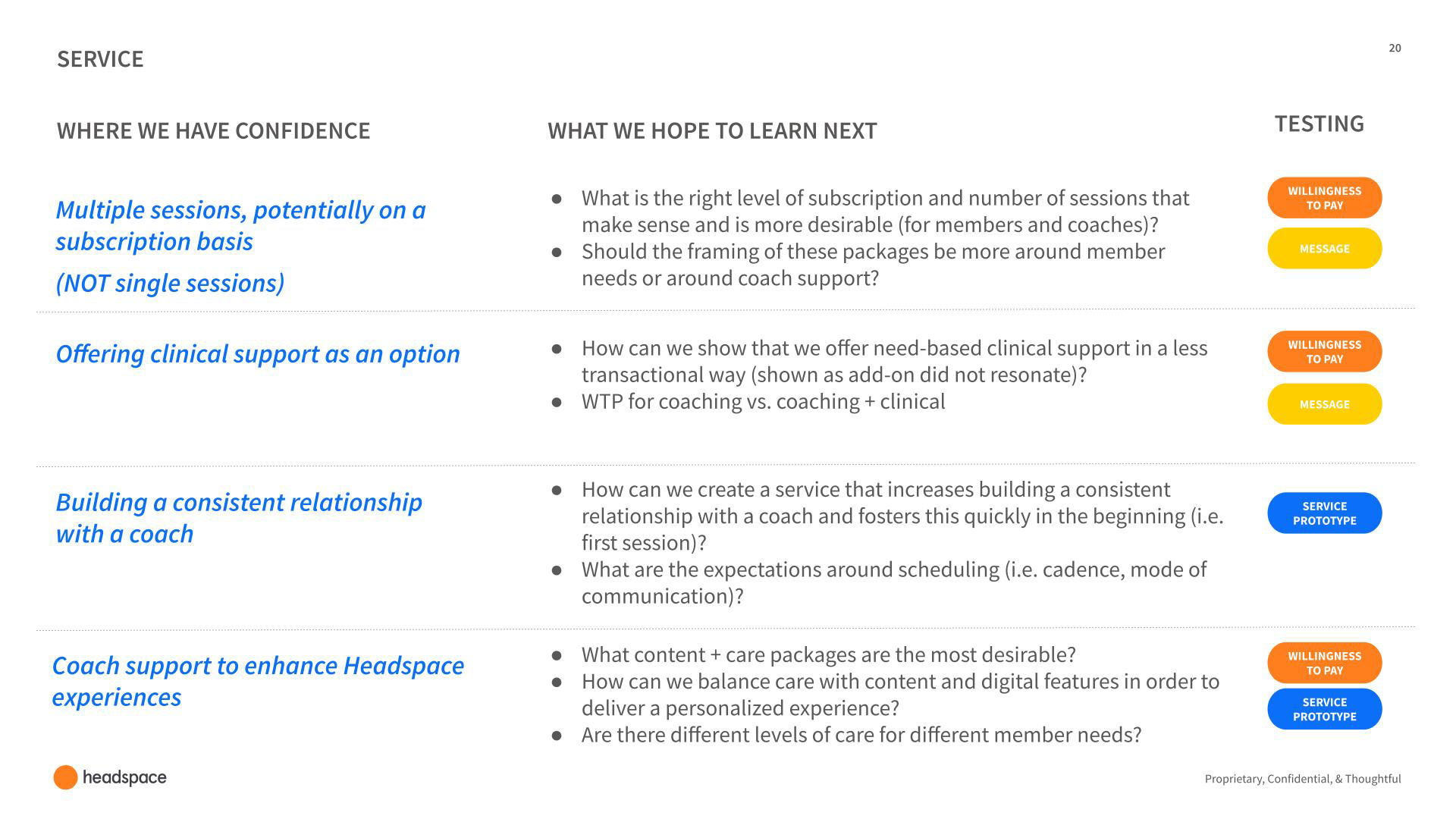
What's next?
Delivering on promise of a billion dollar merger.
This pilot program successfully paved the way for the full-scale launch of D2C Coaching at Headspace. More than just a product expansion, it became a strategic pillar for the company’s long-term vision, driving innovation in three key areas:
One Unified App – By sunsetting the Ginger app and introducing a ‘Care’ tab within Headspace, the company created a seamless, end-to-end experience for users.
Care + Content Integration – Headspace now has the opportunity to redefine mental healthcare by equipping providers with high-quality, clinically proven content, enhancing both engagement and outcomes.
Stepped Care Model – With care and content housed under one platform, Headspace can offer a scalable, stigma-reducing approach to mental health. Engaging content serves as an accessible 'Front Door' to care, allowing members to learn at their own pace, while coaches, therapists, and psychiatrists provide support for higher-acuity needs.
This initiative not only expanded Headspace’s offerings but also set the foundation for a more holistic and accessible model of mental healthcare.
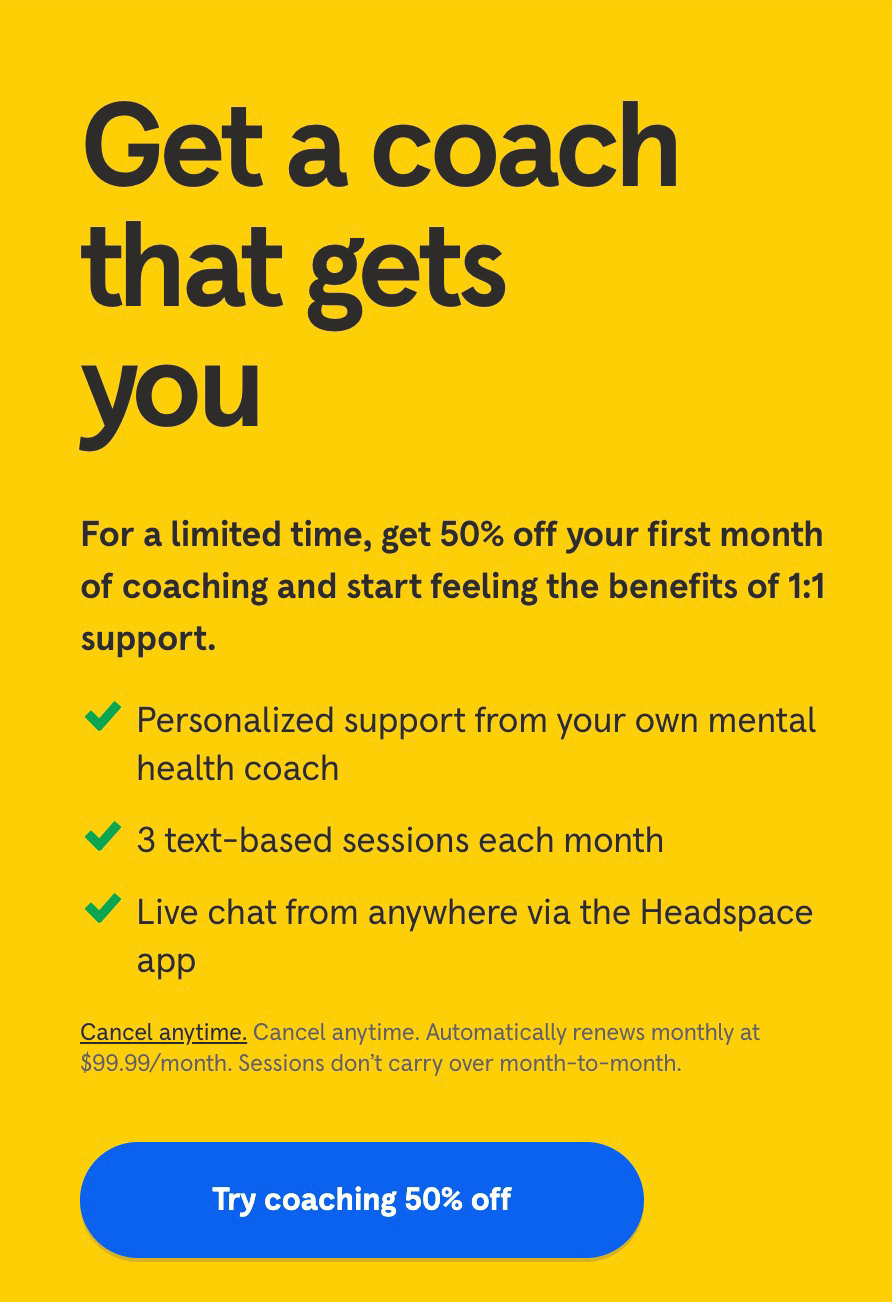
Coaching value prop
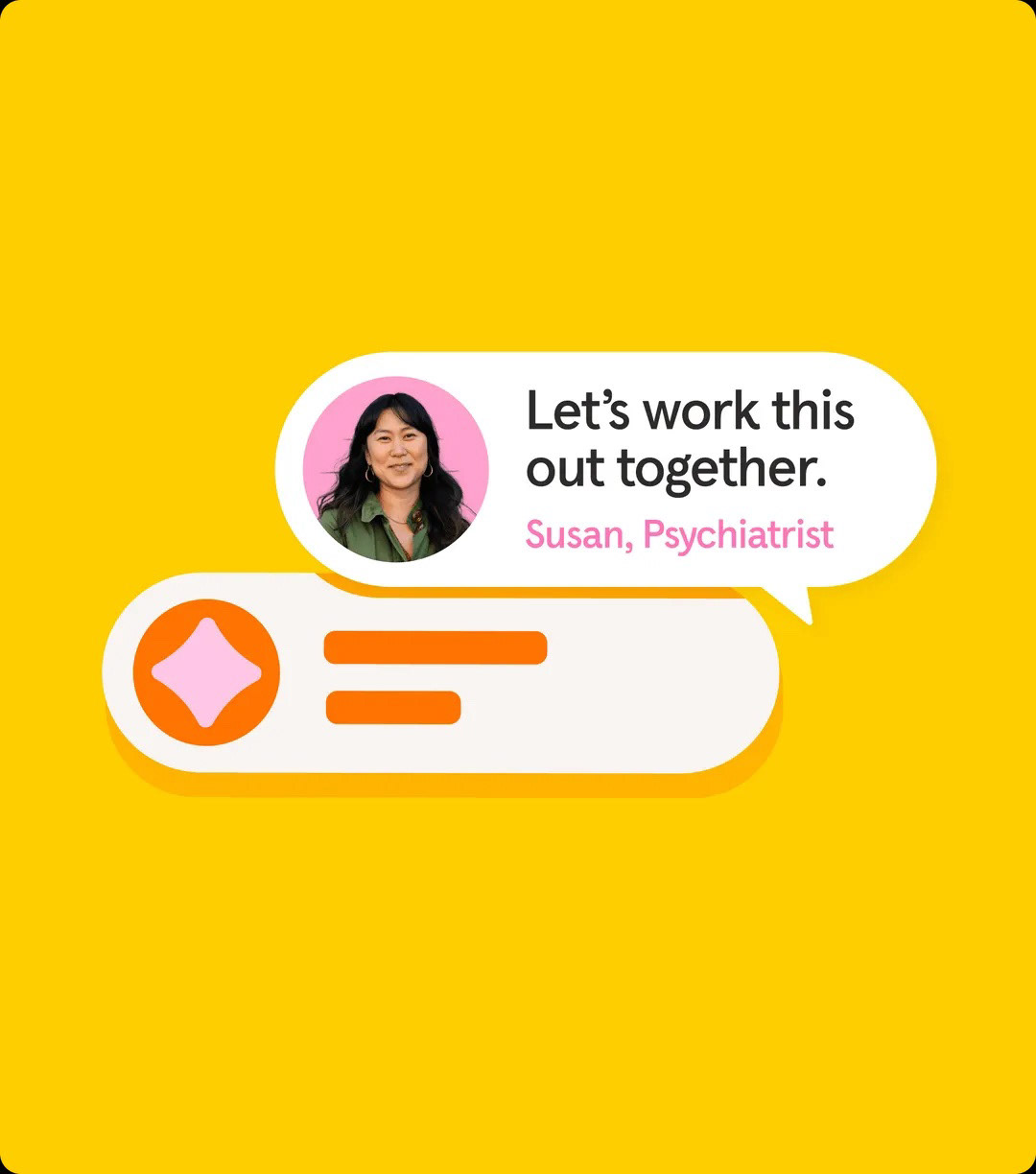
Coaching promo image
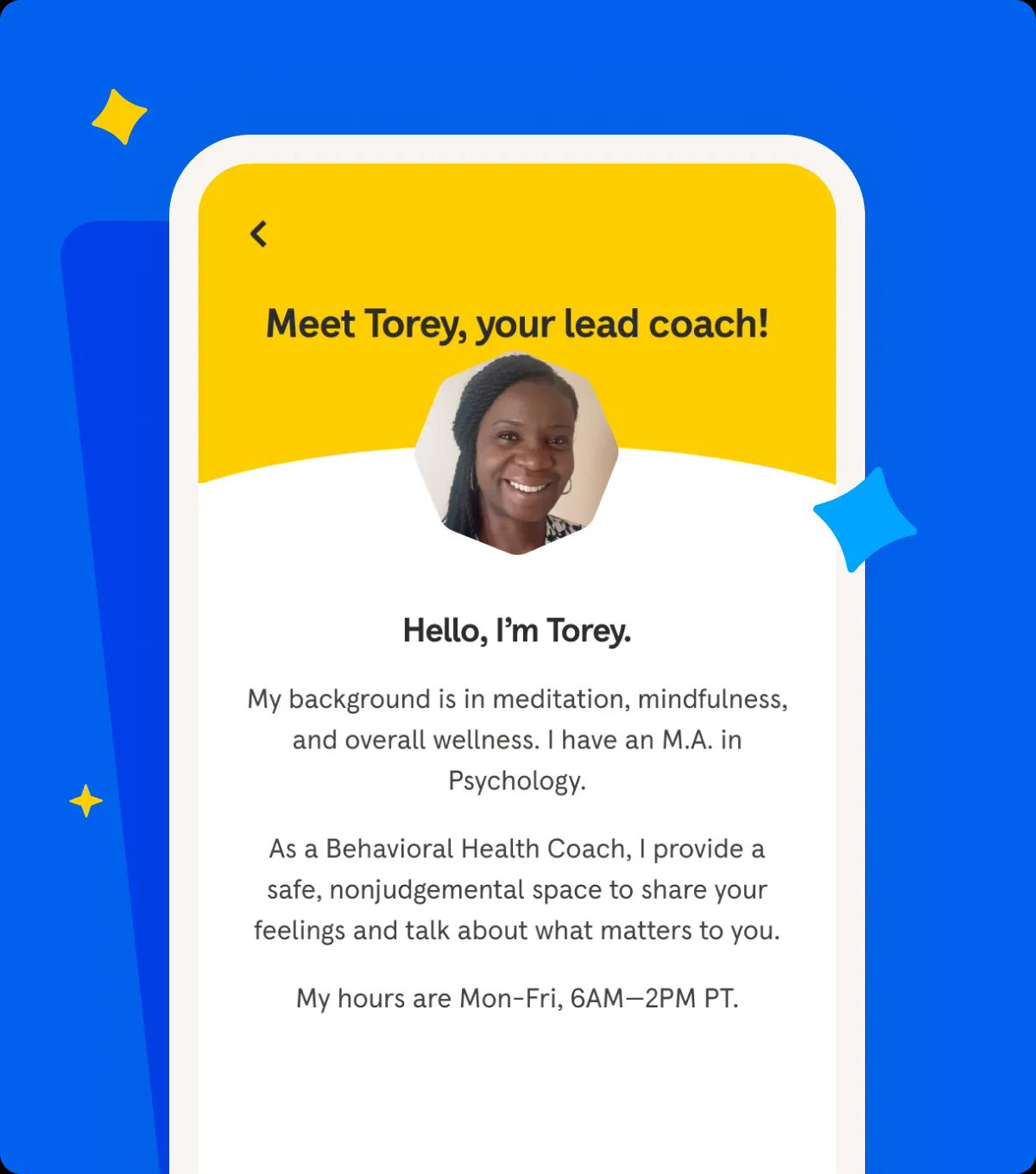
Coach introductory message
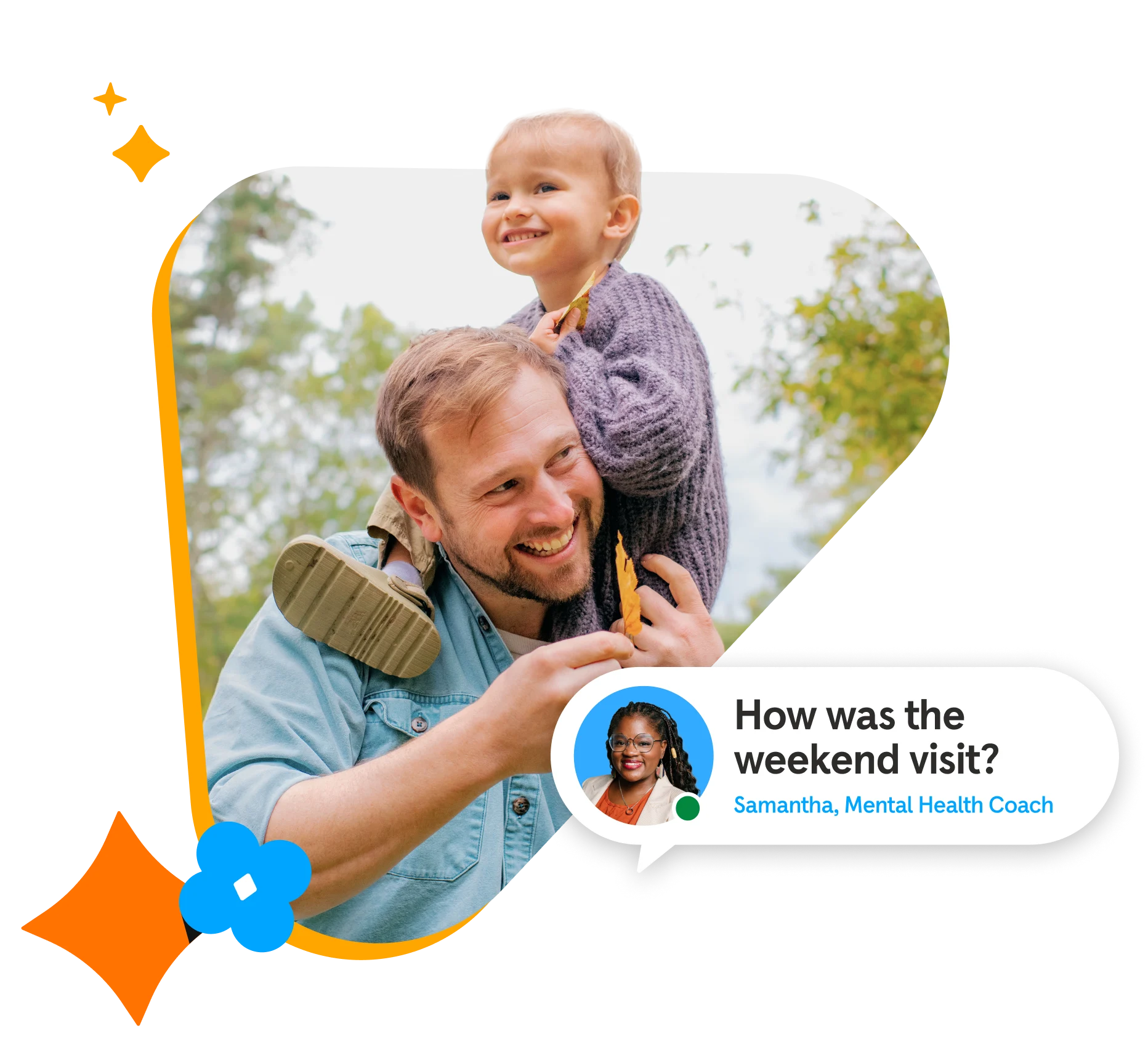
Coaching promo

